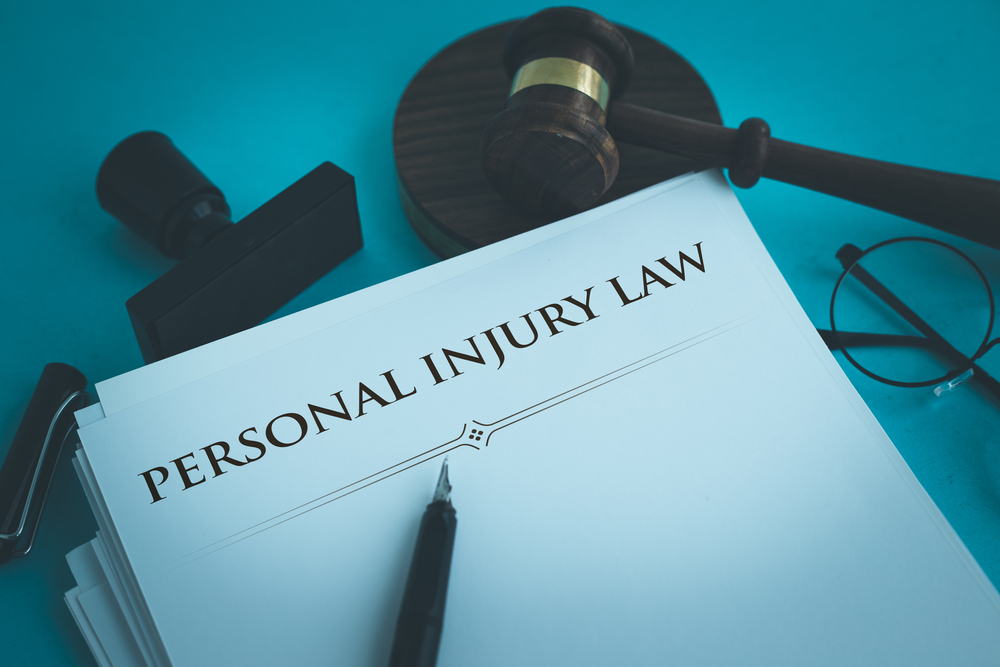Personal Injury
Negligence: What Does It Mean?
Negligence is careless or reckless behavior which ultimately causes harm, intended or not, to another. It is the failure to meet a certain standard of behavior or care which is established to provide protection against risk. Negligence is one of the most common forms of civil lawsuits or torts, and are generally brought on by the injured person, also known as the “Plaintiff”, the person who caused the harm is known as the “Defendant”. While there is negligence in both a criminal and civil standard within the law, criminal law deals with crime and the legal punishment of criminal offenses. Civil law is focused on disputes between individuals or organizations in which one party is seeking compensation from the other.
The Four Elements of Negligence:
Just like any other crime or misconduct needs to be proven by a preponderance of the evidence in a courtroom, there are elements that must be proven to bring a successful civil negligence claim. While statutes may vary state to state, the elements of negligence will generally be the same. In order to win the legal proceeding, the plaintiff is responsible for proving that it is more likely than not that the defendant committed the harm that they are alleging. The four elements necessary to prove negligence include:
- Duty: The defendant owed the injured plaintiff a duty of care to ensure that their safety and wellbeing was a priority. For example, if someone was shopping and accidentally slips and falls due to a wet surface while overlooking the produce, the company who owns the grocery store could be liable, as they have a duty to ensure that all of its customers are safe when purchasing their goods. Business owners and property managers especially have a duty to take responsibility in their efforts of upkeep, maintenance, and care to ensure that clients and residents are well taken care of and their well being is taken seriously at all times.
- Breach of Duty: Breach of duty goes hand-in-hand with duty, as the lack of committing to safety causes the breach of that said promised duty. Some sub-elements to consider that would potentially cause a jury to find the defendant negligent could be if they knew their actions, or lack thereof, could potentially cause harm to someone else, and if the average juror or lay person knows everything the defendant knew and still did not take proper care of the issue. For example, someone participating in a bake sale could know that a certain product contains a common allergen such as nuts but does not disclose it on the packaging or to the customers attempting to purchase the items.
- Causation: The third element to negligence, causation, requires that the plaintiff show the defendant’s actions were the direct cause of their injury and that the defendant could perceive that their actions were the direct cause of said injury. For example, if a bank teller spills coffee in the lobby of their bank without cleaning it up and someone slips on it and hits their head, that coffee spilled by the bank teller is the cause of that accident, as it would not have occurred without the actions of the bank teller.
- Damages: The fourth element needed to prove a negligence claim is damages. A plaintiff must have losses that occurred as a direct and proximate result of the defendant’s negligence. In the event that all four elements of negligence are proven, the plaintiff may be compensated monetarily for their potential medical care, lost wages, emotional turmoil, and any irreputable damages due to the accident. The amount of compensation can vary depending on the type of accident and severity of injuries.
If you’ve been injured due to the negligence of another, a personal injury attorney can advise you on the complexities of negligence law and help you obtain the compensation you deserve.
Thanks to Eglet Adams for their insight on negligence and its four main subtypes.
![Dark-Logo[3]](https://hayhurstlaw.com/wp-content/uploads/2021/07/Dark-Logo3.png)

